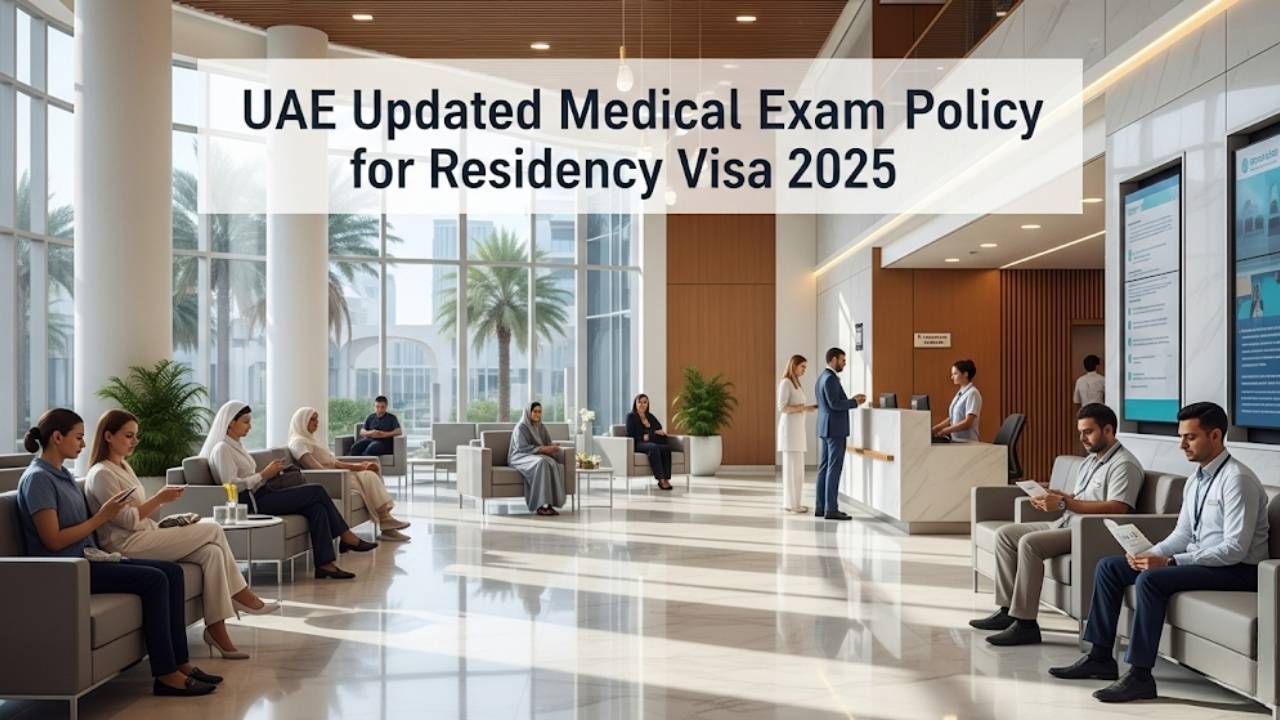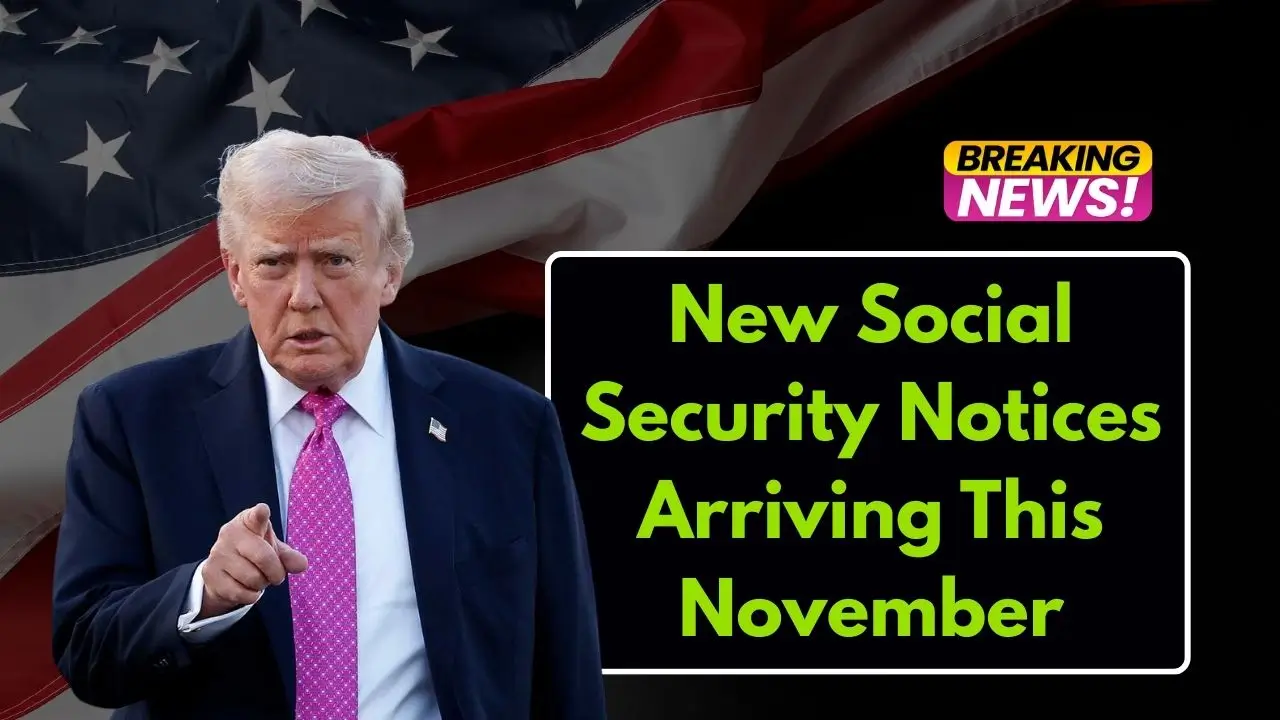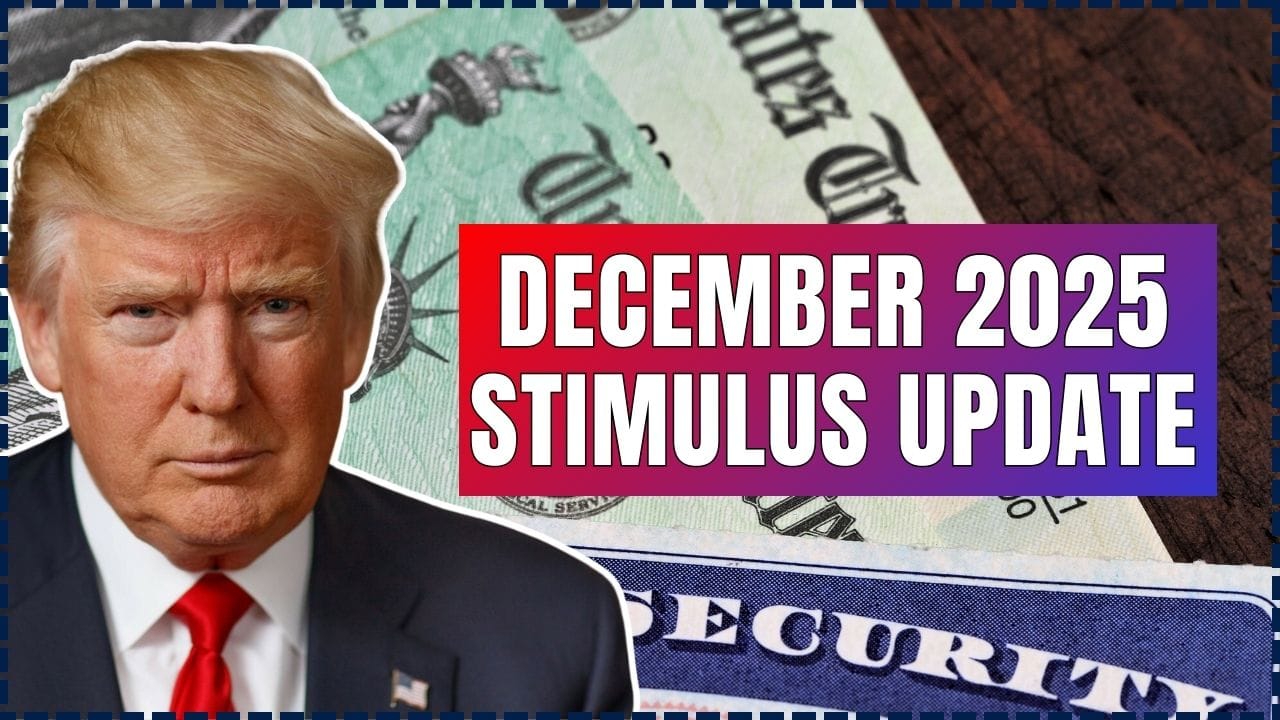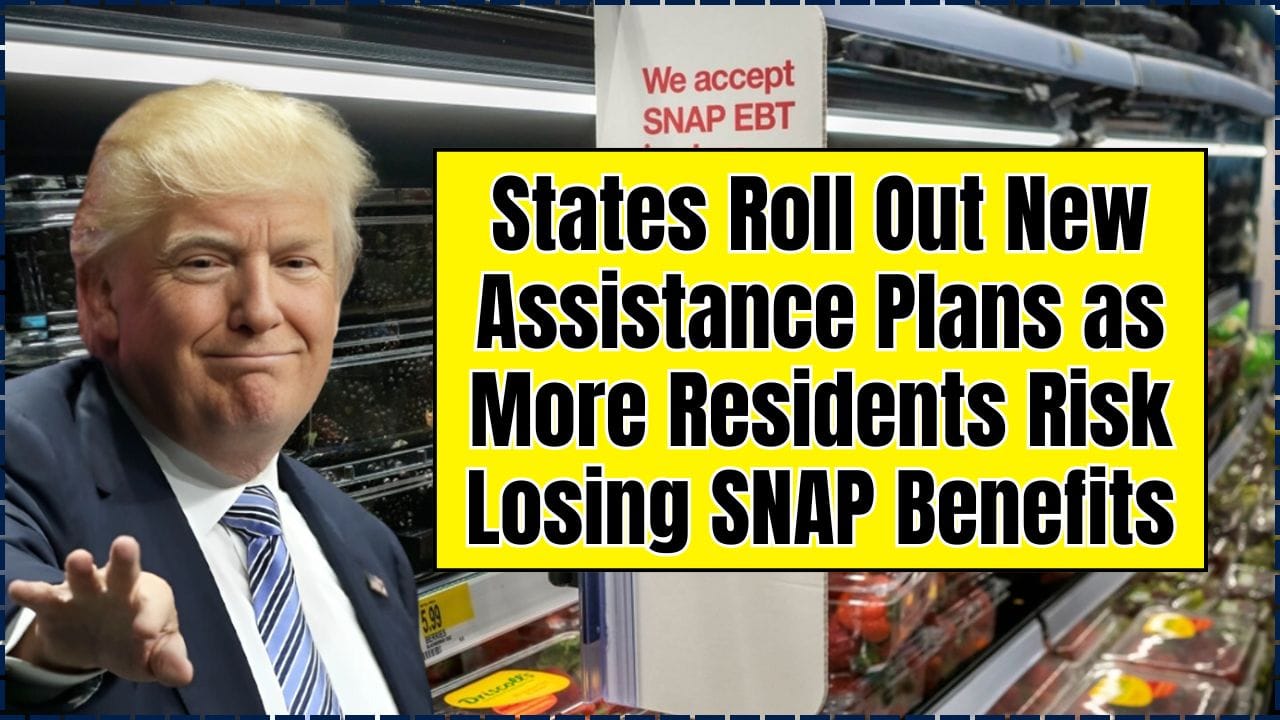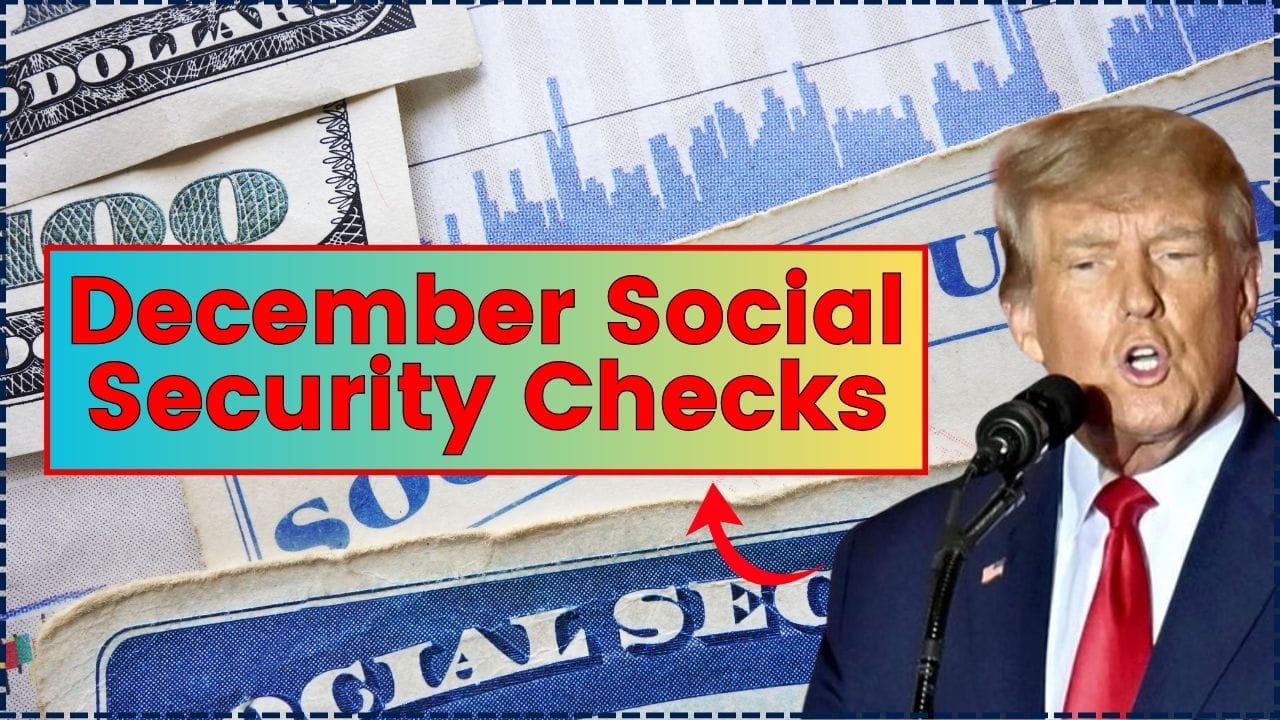Navigating the Poland study visa new rules in effect from July 1, 2025, can feel like a daunting task, but it doesn’t have to be. If you’re dreaming of studying in the heart of Europe—amidst historic cities and thriving academic hubs—you’ve come to the right place. Big changes have arrived, and while they add new steps to your journey, they are designed to create a more transparent and secure system for genuine students like you. This guide is here to be your friendly, expert companion, breaking down exactly what’s new and how you can successfully prepare your application for a seamless start to your Polish adventure.
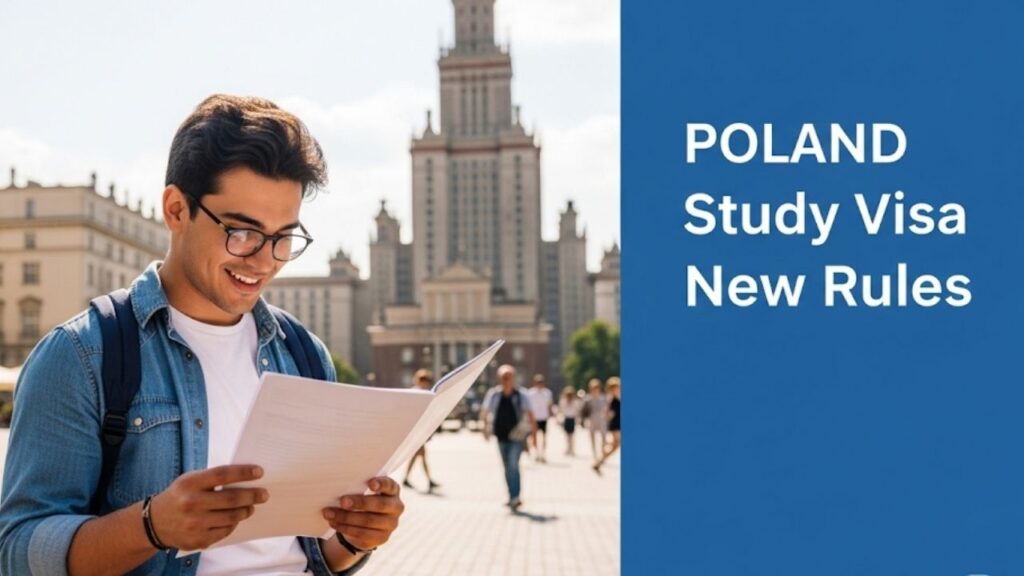
Think of these new regulations not as barriers, but as a clear roadmap. From new language requirements to updated document verification, we’ll walk you through every detail with actionable advice to build a confident and compelling visa application.
Poland Study Visa New Rules in Effect from July 1, 2025
| Key Change | What You Need to Know | Official Source/Context |
| Mandatory Language Proficiency | You must now prove B2-level proficiency in your language of instruction (English or Polish) before the visa stage. | Confirmed by multiple universities and new government regulations. |
| Diploma Recognition (Syrena System) | From July 1, 2025, many non-EU/OECD secondary school certificates must be officially recognized by the Polish National Agency for Academic Exchange (NAWA). | University of Wrocław International Office |
| Stricter University Oversight | Universities now have a 50% cap on non-EU student enrollment and must report visa applicants who fail to enroll. | Notes from Poland |
| Updated Financial Proof | Requirements for showing sufficient funds are more stringent, with many consulates now expecting proof of first-year tuition payment in full. | General guidance from visa processing updates. |
The Poland study visa new rules for 2025 mark a significant evolution in the application process. While they demand more preparation, they ultimately create a clearer, more reliable path for dedicated students. By understanding the requirements, preparing your documents meticulously, and starting early, you can navigate these changes with confidence.
Your Polish education is an investment in your future, offering world-class knowledge in a country rich with culture and history. See this process as the first step in that incredible journey. Start preparing today, and you’ll soon be on your way to achieving your academic dreams in the heart of Europe.
Understanding the “Why”: The Goal Behind the New Regulations
Before diving into the “how,” it’s helpful to understand the “why.” Poland has rapidly become a top destination for international students, thanks to its high-quality education and affordable living costs. To ensure the integrity of its academic environment and immigration system, the Polish government has introduced these changes. The goal is to streamline the process, verify the qualifications of applicants more effectively, and ensure that every student who arrives is genuinely prepared for academic success.
In my experience advising students, applications that demonstrate clear, well-prepared documentation and a genuine intent to study always stand out. These new rules essentially formalize that best practice.

The Major Changes: A Deep Dive into the Poland Study Visa New Rules
Let’s break down the most significant updates you need to master for your application.
1. Mandatory B2 Language Proficiency: Proving You’re Ready to Learn
This is perhaps the biggest shift. Previously, language skills might have been assessed more informally. Now, it’s a firm prerequisite.
- What it means: You must provide a recognized certificate proving your language skills are at a B2 level or higher on the Common European Framework of Reference for Languages (CEFR). This applies whether your course is in English or Polish.
- Accepted Tests: While specific requirements can vary by consulate, globally recognized certificates like IELTS (minimum 6.0-6.5), TOEFL iBT (minimum 79-87), Cambridge English (B2 First), and Pearson (PTE) are the safest bets. The acceptance of tests like the Duolingo English Test is now uncertain, so it’s wise to opt for one of the others.
- Action Step: Don’t wait! Book and take your language proficiency test well in advance. Your score is not just a visa requirement; it’s a critical part of your university application.
2. Diploma Recognition via NAWA’s “Syrena” System
This new step formalizes the process of verifying your educational background.
- What it means: If your high school diploma (for Bachelor’s applicants) or university degree (for Master’s applicants) was issued in a country outside the EU, EFTA, or OECD, you may need to get it officially recognized. This is done through an online platform called Syrena, managed by the Polish National Agency for Academic Exchange (NAWA).
- The Process: You will upload your scanned educational documents to the Syrena system. NAWA will then issue a statement confirming that your diploma grants you the right to apply for higher education in Poland.
- Action Step: As soon as you receive your university acceptance letter, check with the university’s international office. They will guide you on whether your diploma needs recognition and how to navigate the Syrena portal. According to the official study.gov.pl portal, this is a critical step for a successful application.
3. Stricter Financial Documentation
Demonstrating that you can support yourself is more important than ever. While the core requirement isn’t new, the scrutiny is higher.
- What it means: You must prove you have sufficient funds to cover your living expenses and return travel, alongside your tuition fees. The required amount for living costs is approximately 776 PLN per month.
- Key Change: Many consulates now require proof of payment for the full first year of tuition. A simple acceptance letter is no longer enough; you need a receipt from the university.
- Action Step: Prepare your financial documents meticulously. This includes official bank statements for the last 3-6 months, a sponsorship letter (if applicable) with the sponsor’s financial records, or proof of a scholarship. Check the exact requirements on the website of the Polish consulate in your home country, often managed through VFS Global.
Your Step-by-Step Application Guide for 2025
Feeling ready to tackle the process? Here’s a simplified, step-by-step plan.
Phase 1: Pre-Application Prep
- Secure University Admission: Your journey starts here. Apply to your chosen Polish university and receive your official letter of acceptance.
- Ace Your Language Test: Obtain a recognized B2 language certificate.
- Pay Your Tuition: Pay at least the first year’s tuition fee and get the official receipt.
- Handle Diploma Recognition: If required, start the NAWA Syrena recognition process immediately.
Phase 2: Assembling Your Document Dossier
This is where organization is key. Use a checklist and double-check everything.
- Visa Application Form: Filled out online via the e-Konsulat system, then printed and signed.
- Passport: Valid for at least three months after your planned departure from Poland, with at least two blank pages.
- Passport-Sized Photos: Biometric, taken against a white background.
- University Documents: Official acceptance letter and receipt of tuition fee payment.
- Educational Documents: Your original diplomas and certificates, plus the NAWA recognition statement if applicable. All documents may require an Apostille or legalization.
- Financial Proof: Bank statements, scholarship letters, etc., as per your consulate’s specific rules.
- Accommodation Proof: A letter from your university dormitory or a rental agreement.
- Health Insurance: A policy valid in the Schengen Area with a minimum coverage of €30,000.
- Cover Letter: Briefly explaining your purpose of travel and your intent to return home after your studies.

Phase 3: The Visa Appointment and Beyond
- Book Your Appointment: Schedule your visa appointment at the Polish consulate or a VFS Global center in your country. Do this as early as possible, as slots fill up quickly.
- Attend the Interview: Be prepared to answer questions about your chosen course, your reasons for studying in Poland, your financial situation, and your future plans. Be confident and honest.
- Wait for the Decision: The standard processing time is around 15 calendar days, but it can be extended.
- Post-Arrival Registration: Once in Poland, you must apply for a Temporary Residence Permit before your visa expires to legalize your long-term stay. Your university will help with this.
FAQs
Q1: Is the B2 language certificate mandatory for everyone?
Yes, for almost all non-EU international students. It’s a key part of the new regulations to ensure you can succeed academically. Even if your previous education was in English, a formal test certificate is now the standard expectation.
Q2: How long does the NAWA diploma recognition take?
The process through the Syrena system is done online. While it’s designed to be efficient, you should apply as soon as you have your university acceptance to avoid any delays with your visa appointment.
Q3: Can I work in Poland on a student visa?
Yes, international students in Poland have the right to work part-time (up to 20 hours per week) during their studies and full-time during official holiday periods.8 Once you receive your Temporary Residence Permit, these rights are solidified.
Q4: What happens if my visa is rejected?
You have the right to appeal the decision. The rejection letter will state the reasons, which can help you prepare your appeal or re-application. Common reasons for rejection under the new rules are likely to include insufficient proof of funds, incomplete documentation, or failure to provide the required language or diploma verifications.




